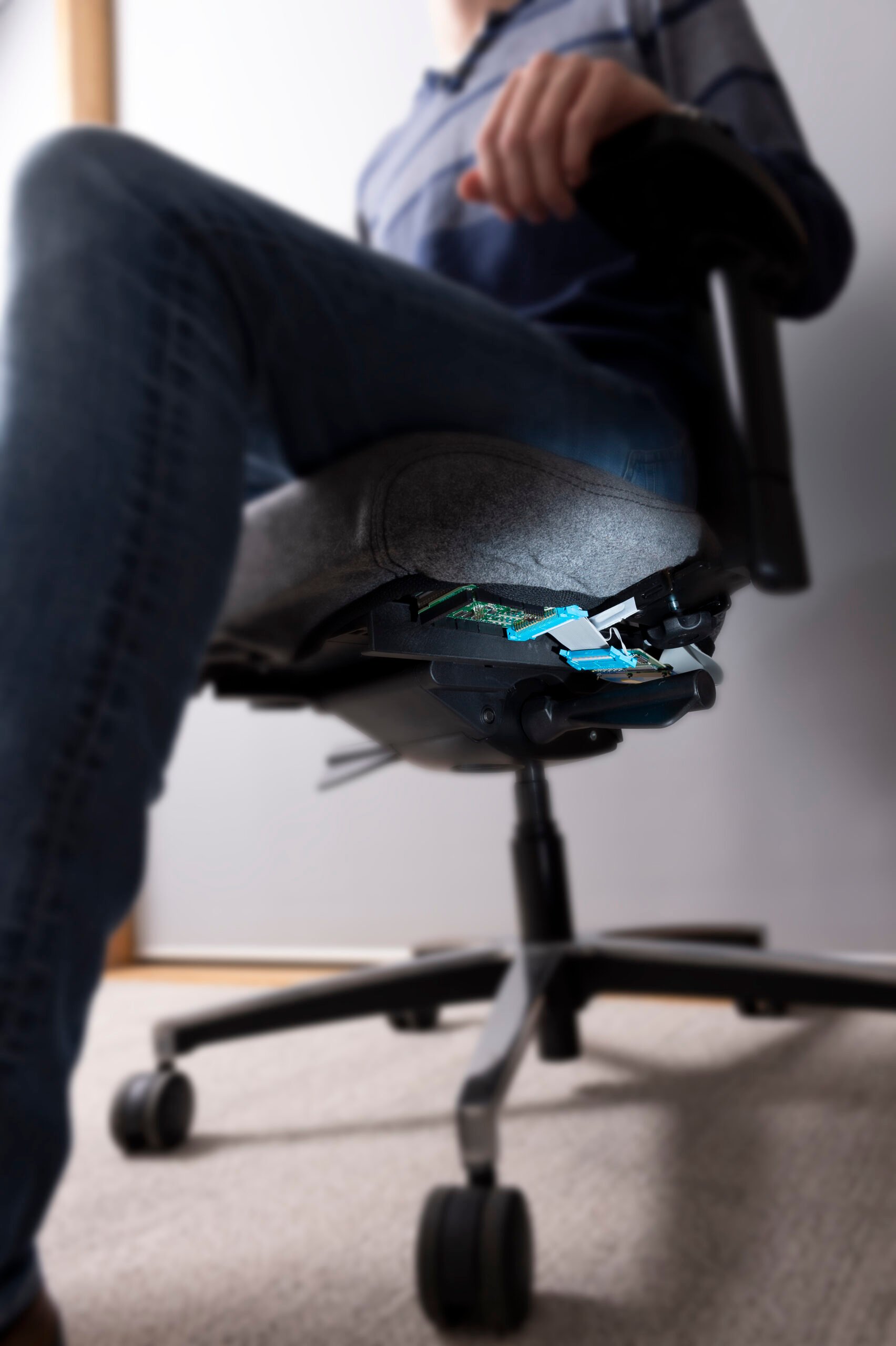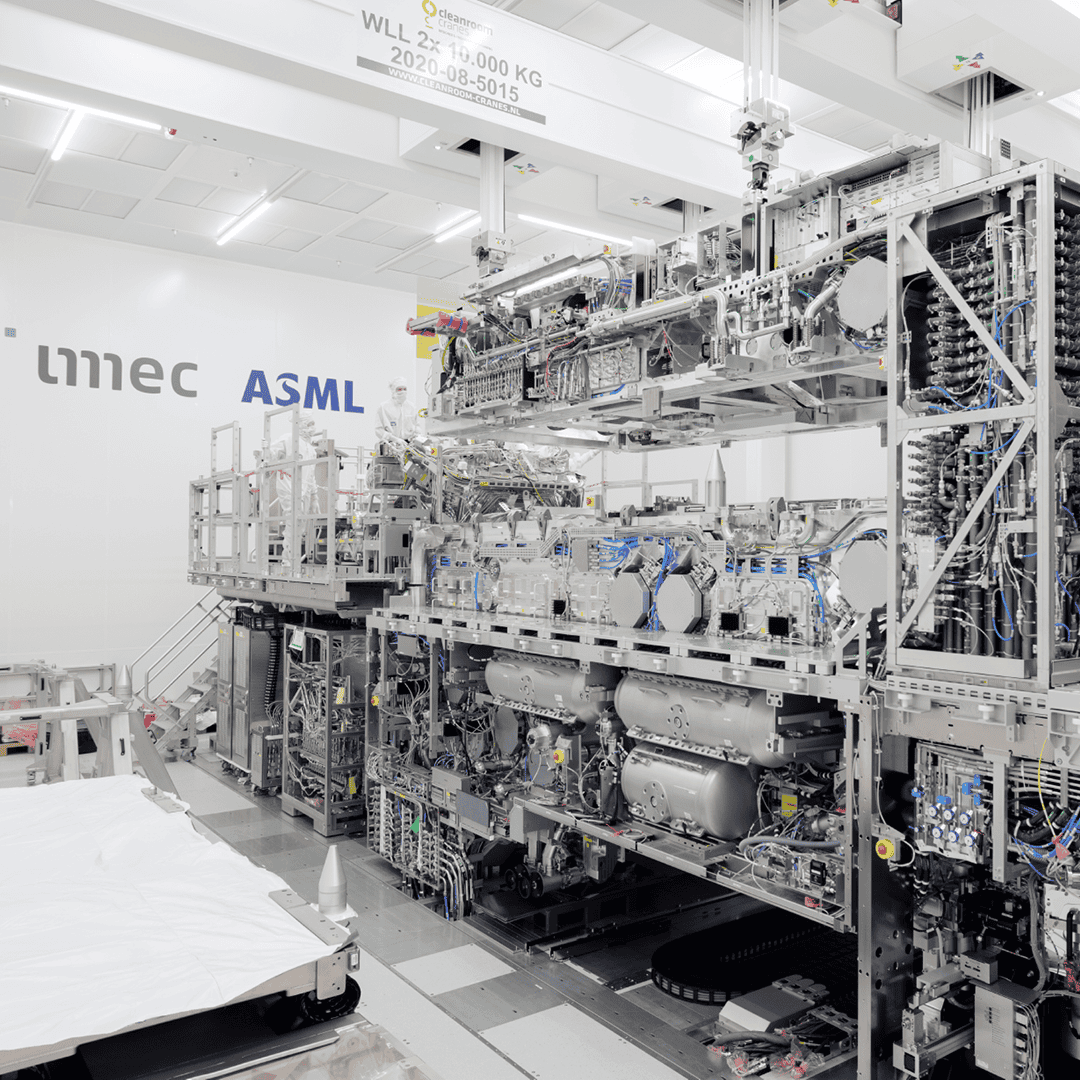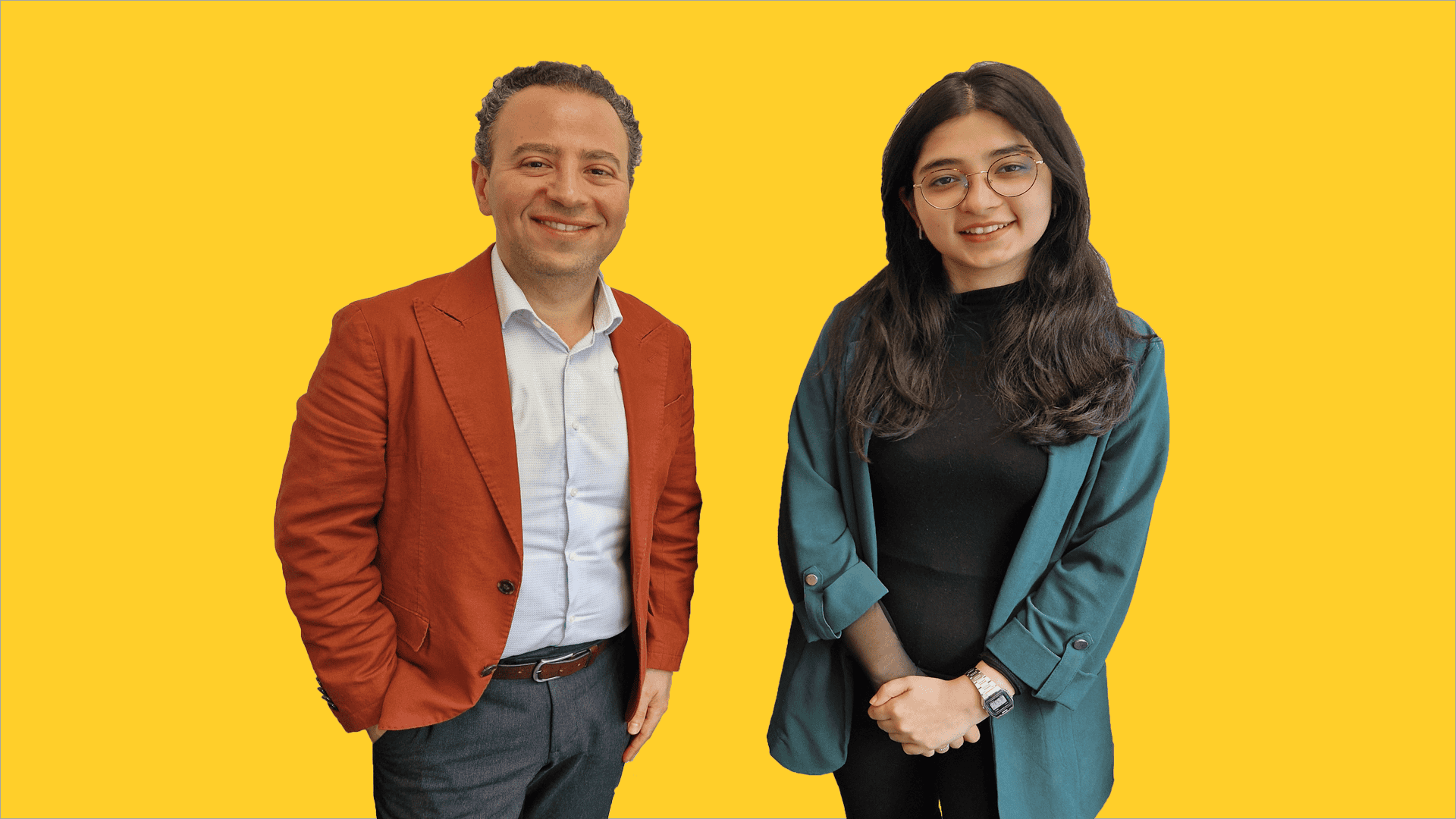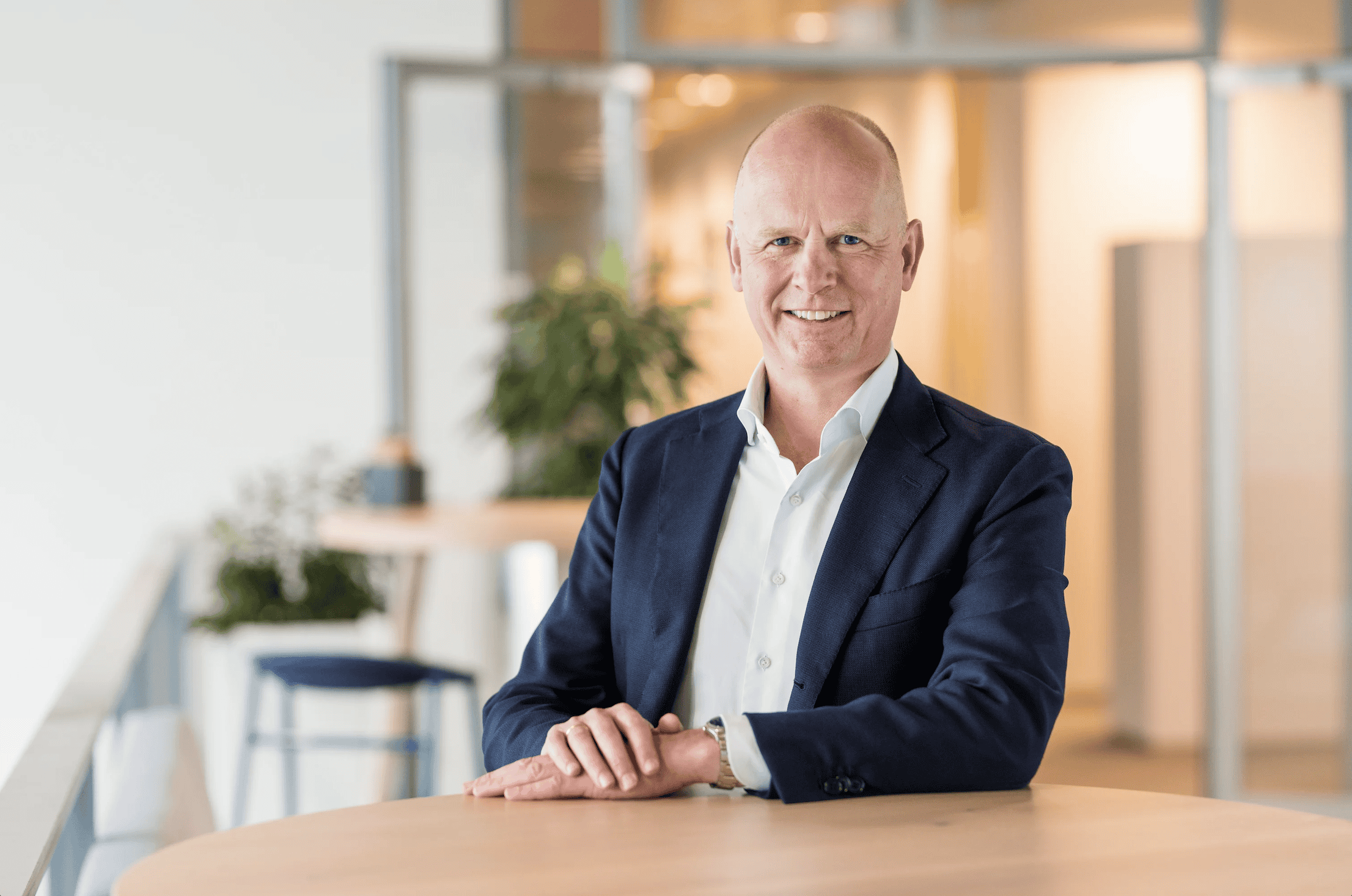
As we lead an ever more sedentary life, vitality at the workplace is gaining attention. It seems like everyone wants a healthy and sustainable work environment. But what does that environment look like? How do we create it and what contribution can technology bring? At the Workplace Xperience, which takes place today and tomorrow, the latest innovations in the field of workplace vitality will be showcased. One of these innovations is Holst Centre’s ‘vitality chair’.
Vitality chairs
At Holst Centre, two chairs are currently under development, the centre writes in a press release. Project leaders Bernard Grundlehner (imec) and Margreet de Kok (TNO) took a closer look at the sensor technologies that already existed within their respective knowledge institutes. “Margreet and I thought about how we can adapt and combine these existing technologies. Imec, for instance, has been looking into EKG measurements without the use of patches and direct skin contact. We have incorporated this technology in car seats, but we had not looked at an office environment yet”, Grundlehner explains.
Pressure sensors
TNO at Holst Centre uses two kinds of sensors in the vitality chair. De Kok: “We can measure pressure to assess posture with piezo-resistive sensors. With the so-called piezo-electric sensors we measure the dynamics of pressure instead of pressure alone. That way, you can detect small changes in pressure, indicating a heartbeat or breathing pattern.”
Gaining knowledge
The vitality chair will not feature in tomorrow’s office furniture catalogue, but great steps are expected to be made this year in the development of the chair. De Kok: “Finetuning the sensor technologies is scheduled for the near future. We proved that we can do the measurements, but there is always room for improvement. As soon as people are working in the chair in real life, that is when we know how much data we can gather and what we can do with that data. The privacy aspect is also an important aspect to master: who has access to the data collected.”
In the office test set-ups at the Workplace Vitality Hub, researchers also learn about giving user feedback. Grundlehner: “We want to learn how to turn the data we measure into useful feedback. How do you tell someone their posture needs improving? What kind of intervention message would that require? In the end the office worker should benefit and be supported to show a more healthy behaviour.”
Supporting workplace vitality
The vitality chair can provide a vast amount of knowledge in how to support people to improve their vitality in their working environment. In addition to that common goal, there is also added value for knowledge institutes in this kind of innovation projects. De Kok: “As imec and TNO, we can use our technologies in a much broader network. At the same time, we can also experience how our technologies contribute in practice and respond to the wishes and requirements of society as a whole. This is really gaining momentum.”
You can find the full press release here. More about Holst: Shared innovation is an essential condition in the world of photonics.
Selected for you!
Innovation Origins is the European platform for innovation news. In addition to the many reports from our own editors in 15 European countries, we select the most important press releases from reliable sources. This way you can stay up to date on what is happening in the world of innovation. Are you or do you know an organization that should not be missing from our list of selected sources? Then report to our editorial team.







